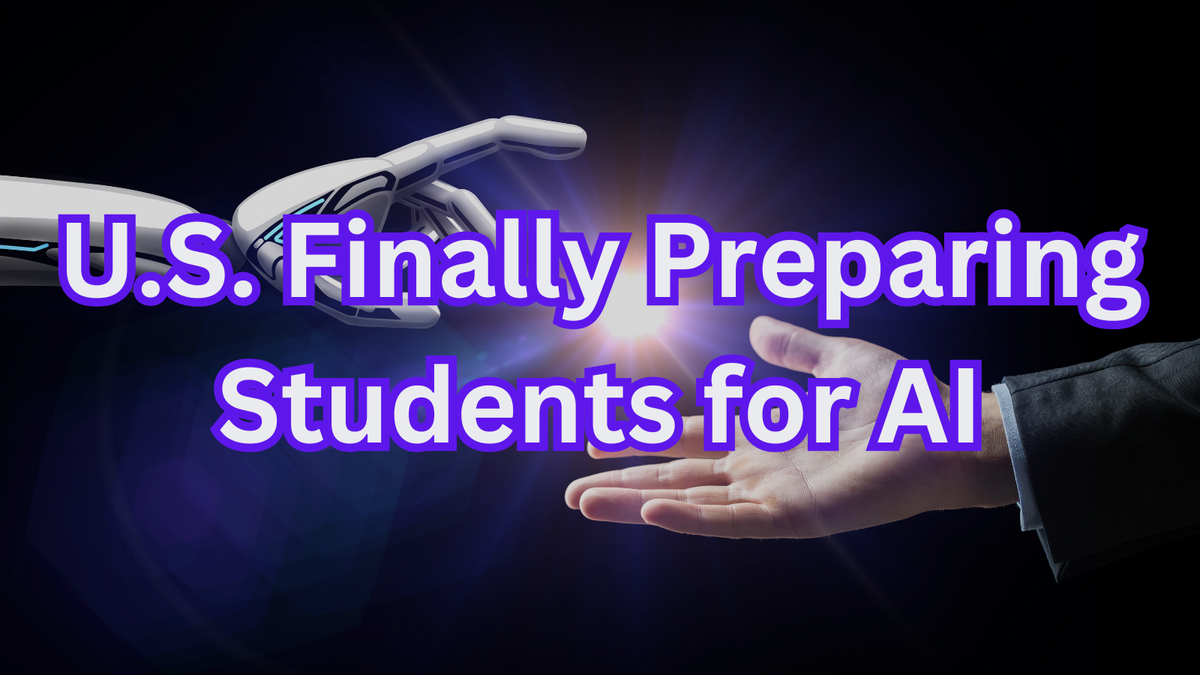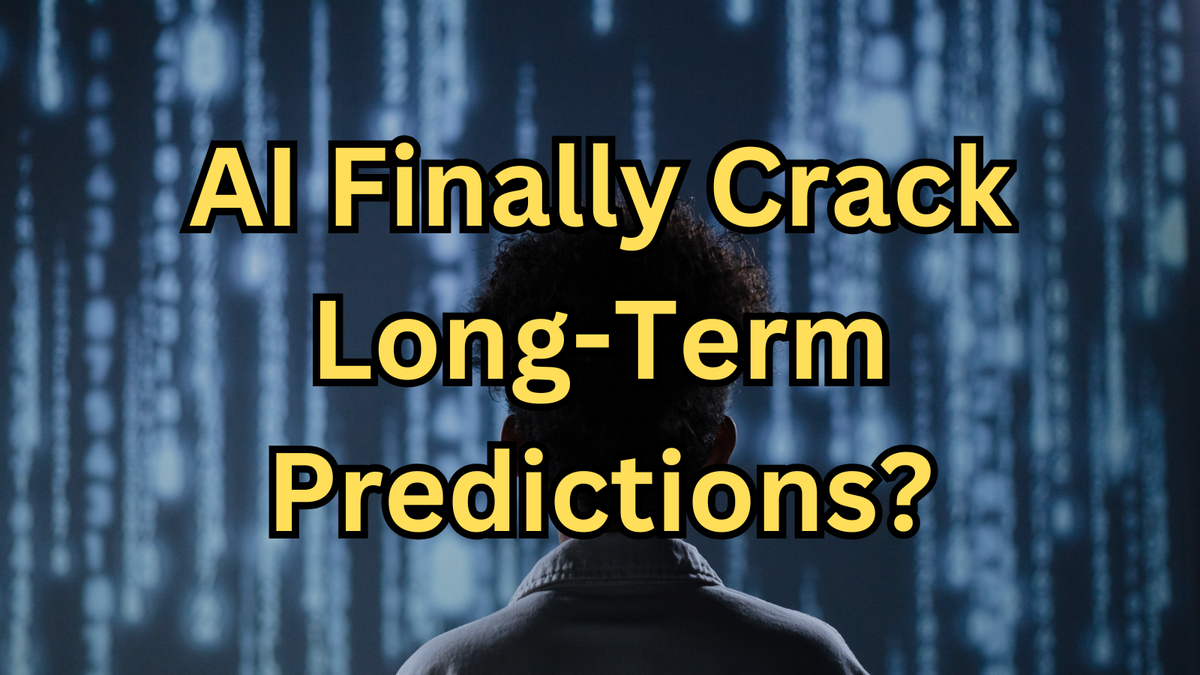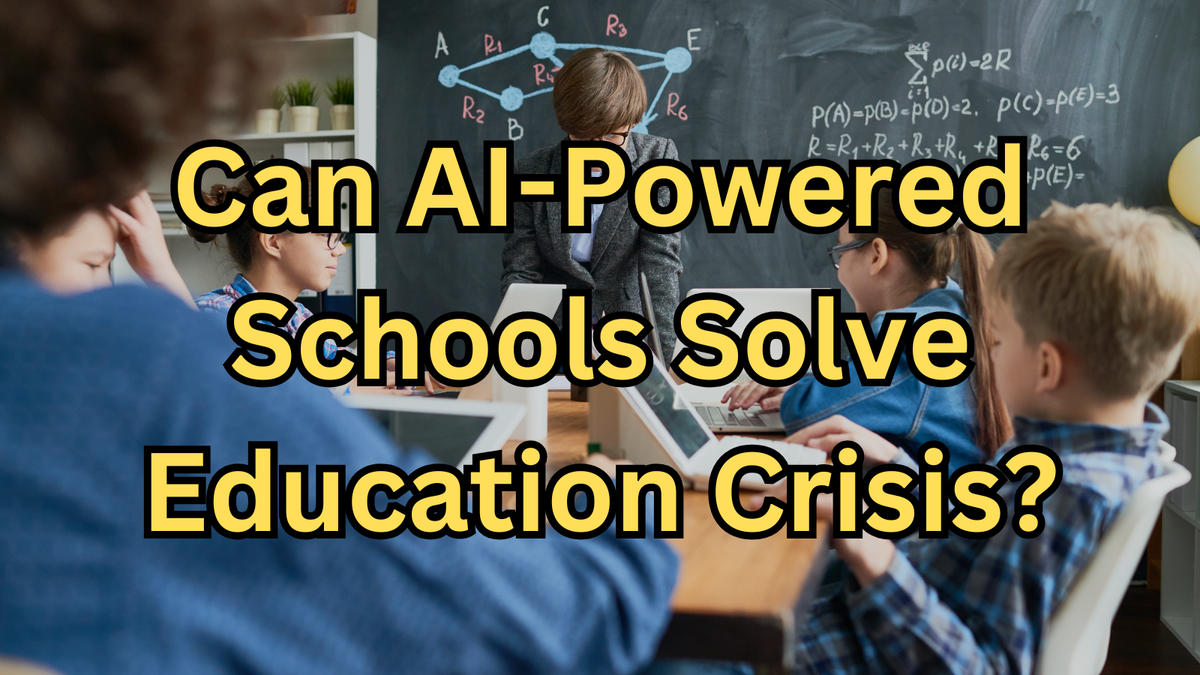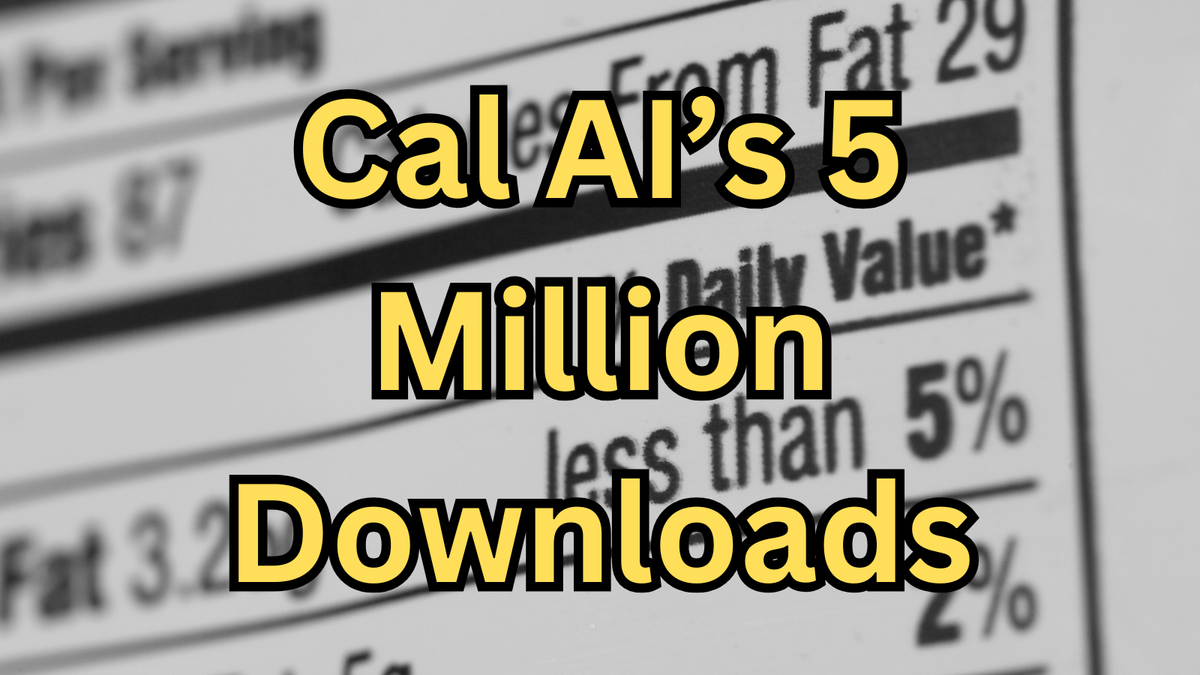Is the U.S. Finally Preparing Students for an AI-Driven Future?

🚀 America’s AI Education Overhaul: Too Little, Too Late?
President Trump just signed an executive order aiming to revolutionize AI education for K-12 students and beyond. With China and the EU aggressively investing in AI talent, this move seeks to secure America’s technological leadership. But can a patchwork of task forces, teacher training, and student competitions actually bridge the skills gap? Let’s dive in.
🧠 The Problem: A Workforce Unprepared for the AI Era
- 📉 Lagging Global Competitiveness: While 60% of U.S. jobs will require AI skills by 2030 (Brookings), only 45% of high schools offer computer science courses.
- 👩🏫 Teacher Readiness Crisis: 76% of educators feel unprepared to teach AI concepts (NSF survey), and outdated curricula fail to reflect real-world applications.
- 🌍 Geographic Disparities: Rural schools are 3x less likely to offer advanced tech courses than urban counterparts, risking a divided workforce.
✅ The Plan: A Federal AI Education Blitz
The executive order outlines a multi-pronged approach:
1. The AI Education Task Force ⚡
- Chaired by the White House’s Office of Science and Technology Policy.
- Includes Secretaries of Education, Labor, Energy, and NSF Director.
- Goal: Roll out K-12 AI curricula within 180 days via public-private partnerships.
2. Presidential AI Challenge 🏆
- Nationwide competitions for students/teachers launching within 12 months.
- Themes span healthcare, climate, and agriculture to showcase AI’s versatility.
3. Teacher Training Overhaul 🎓
- $120M in grants repurposed for AI-focused professional development.
- NSF and USDA to train 50,000 educators via 4-H and extension programs by 2026.
4. AI Apprenticeships 🔧
- Dept. of Labor prioritizing AI-related apprenticeships in manufacturing, tech, and energy.
- Dual-enrollment programs for high schoolers to earn AI certifications.

🚧 Roadblocks Ahead: Why Implementation Won’t Be Easy
- ⚠️ Funding Uncertainty: The order relies on existing grants and private partnerships—no new budget allocated.
- 📚 Curriculum Chaos: With 50 states setting education standards, achieving nationwide AI literacy will require unprecedented coordination.
🤖 Rapid Tech Obsolescence: Today’s cutting-edge tools (like GPT-4) may be outdated by the time programs launch in 2026.
- 👨💻 Industry Buy-In: Microsoft and Google have pledged support, but long-term commitment remains unclear.
🚀 Final Thoughts: Will This Move the Needle?
Success hinges on three factors:
- ✅ Speed: Meeting the 180-day deadline for K-12 resources is critical to maintain momentum.
- ✅ Teacher Adoption: Without hands-on training, even the best AI curricula will gather dust.
- ✅ Equity: Rural and underfunded schools need dedicated infrastructure grants.
This isn’t just about coding—it’s about preparing a generation to ethically shape AI. But with partisan divides over education policy, can this initiative survive beyond 2025? What’s your take?
Let us know on X (Former Twitter)
Sources: The White House. Advancing Artificial Intelligence Education for American Youth, April 23, 2025. https://www.whitehouse.gov/presidential-actions/2025/04/advancing-artificial-intelligence-education-for-american-youth/










